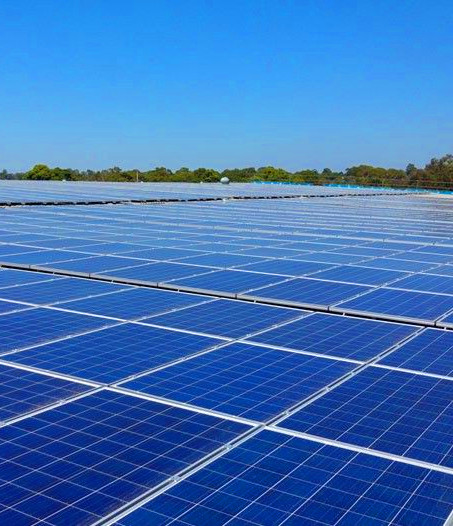More solar for Vic. treatment
 Melbourne Water has built a new solar farm to power the Winneke Treatment Plant.
Melbourne Water has built a new solar farm to power the Winneke Treatment Plant.
Winneke Solar Farm has been designed to reduce emissions effectively, while also maximising the energy production for land area used.
The 19,000 panel farm is set to deliver 12,400 MWh/annum (Megawatt Hours per annum), which is the equivalent of about 2,500 households’ yearly demand.
All the energy produced will be used by the treatment plant and pumping stations. Any excess energy will be fed into the public grid for external use.
The total estimated carbon reduction is 12,000 TCO2-e /annum (Tonnes Carbon Dioxide Emissions per annum).
In an Australian first, Melbourne Water has utilised terrain tracking sensors for the solar farm’s construction. These sensors allowed the construction to occur on a slope, which otherwise would have required extensive earthworks, impacting financial viability. By avoiding extensive earthworks, the panels were installed with minimal ground disturbance: a key restraining factor owing to water purity and soil runoff.
In order to maximise energy production in a limited area, the panels rotate on a pivoting bar which follows the movement of the sun.
Additionally, the panels are bifacial, capable of generating energy from both sides of the panel.
The utility says its new solar farm is an example of its commitment to decarbonisation and achieving a 50 percent reduction of emissions by 2025, and net zero by 2030.
Melbourne Water has also set up solar panels at its Eastern Treatment Plant in Bangholme.








 Print
Print